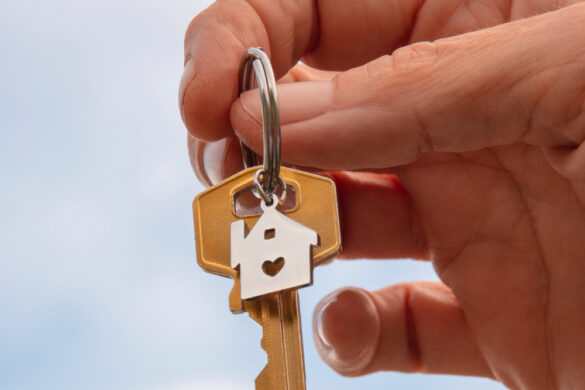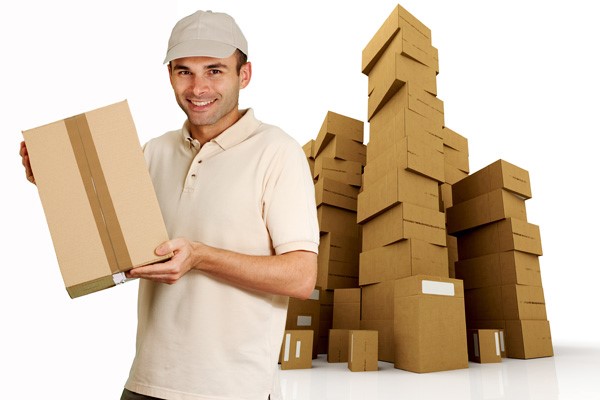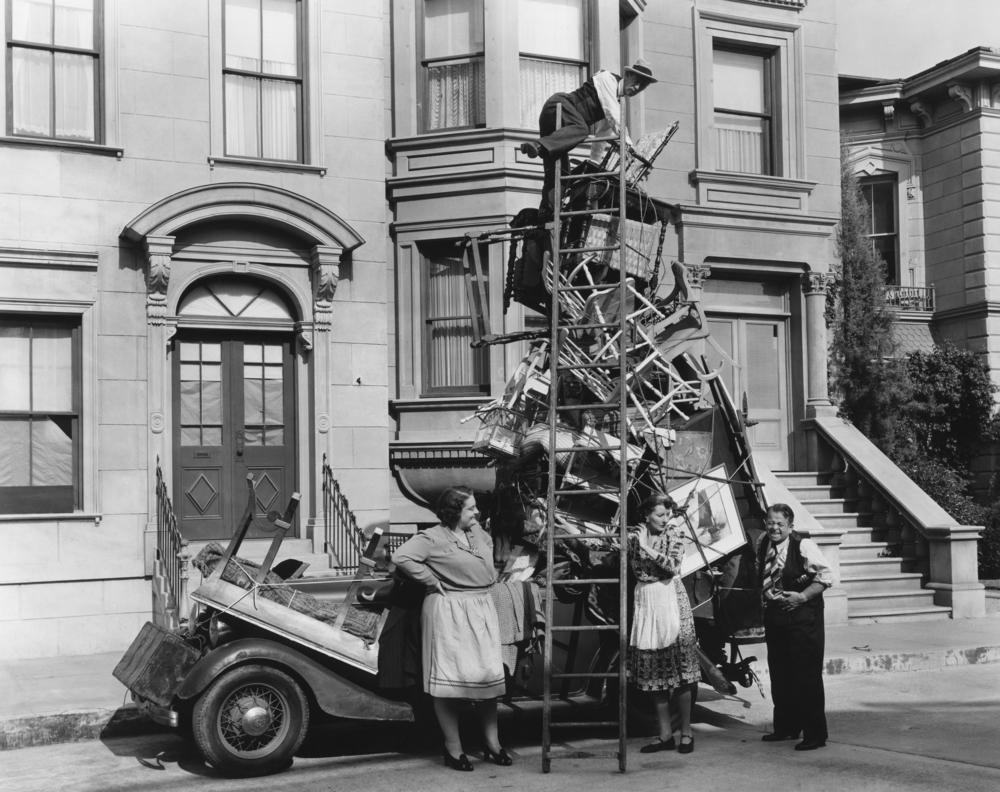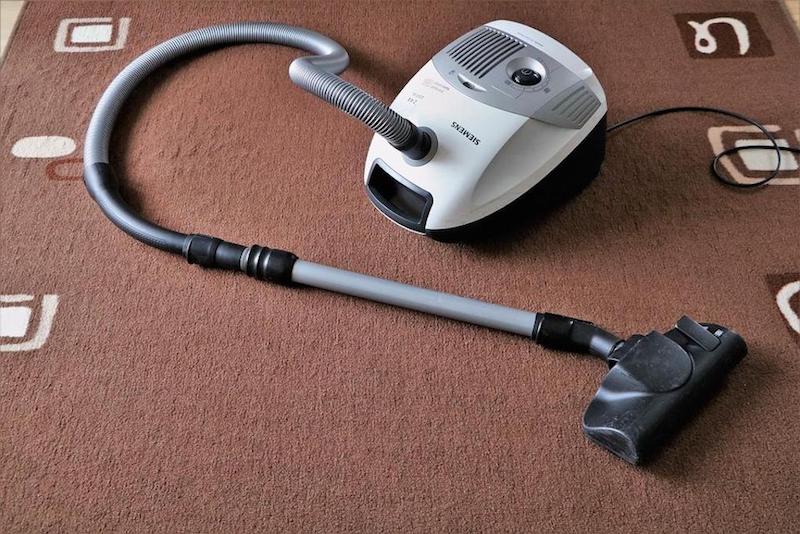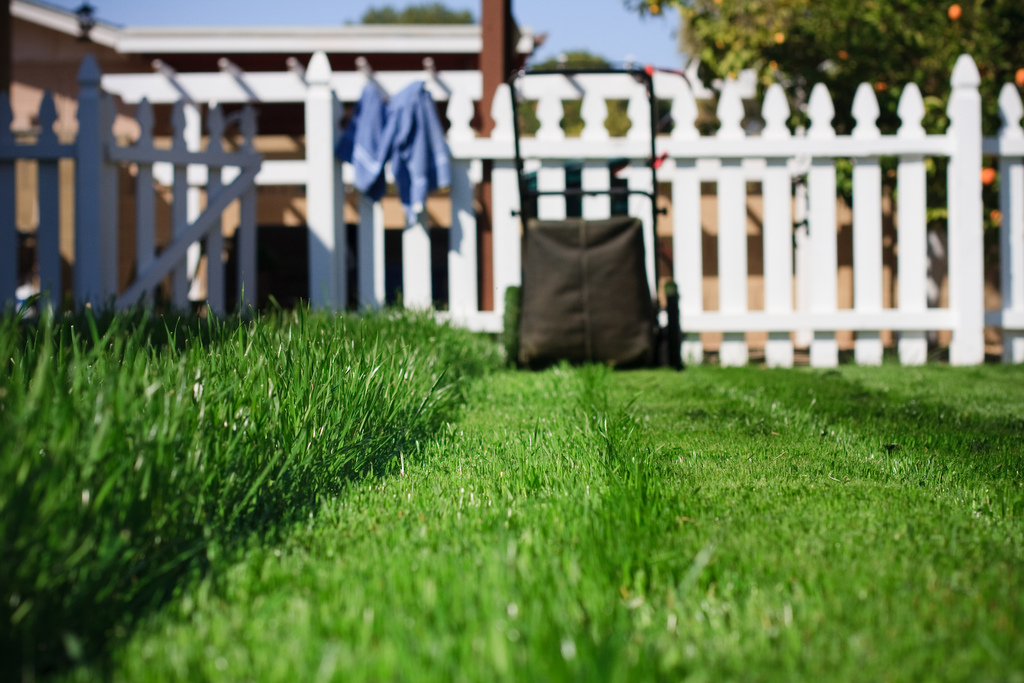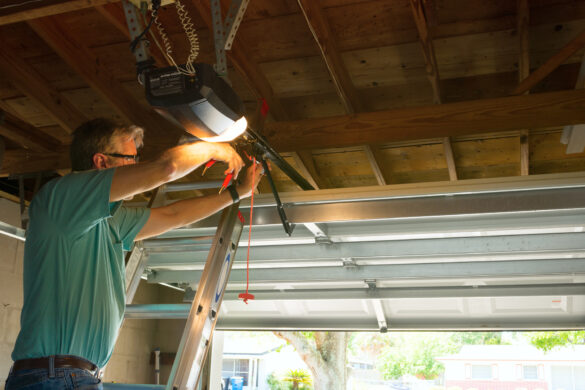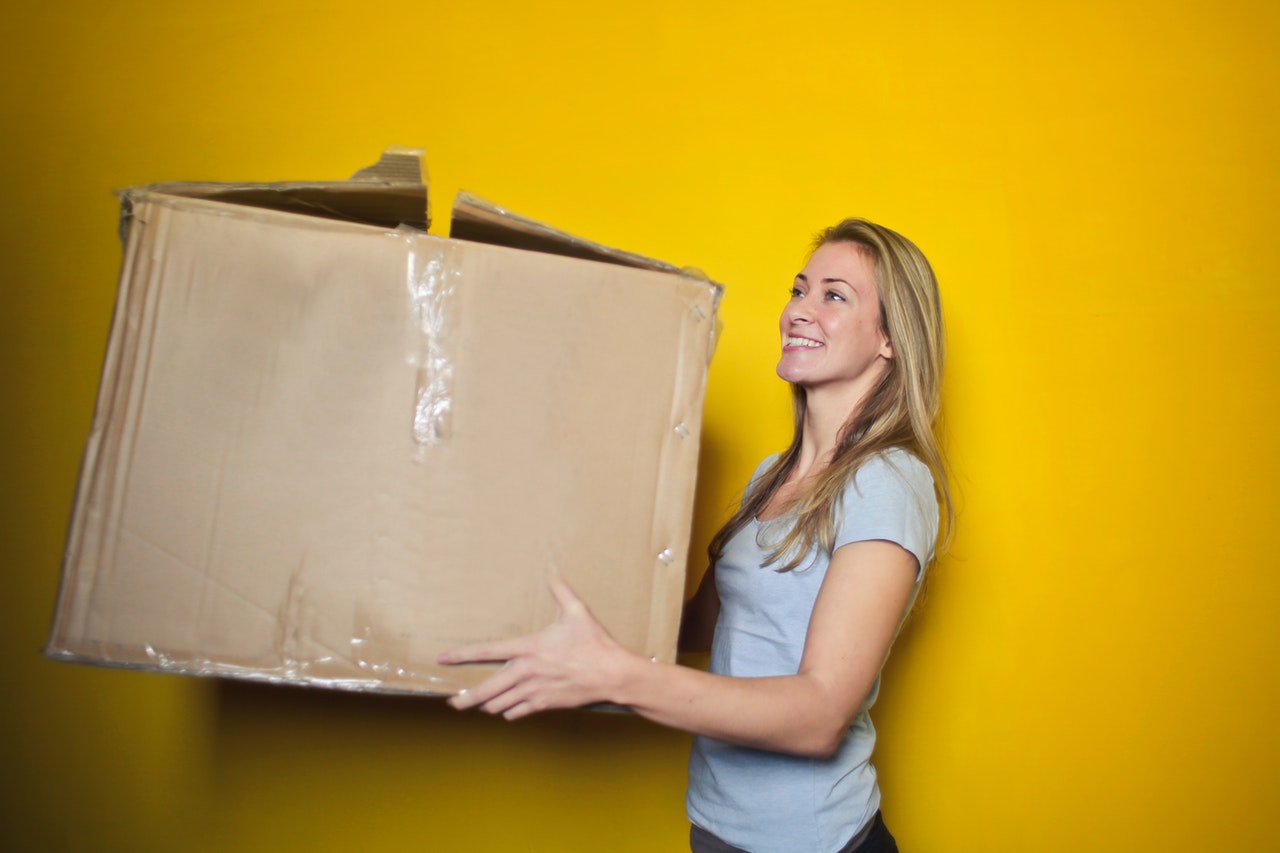
Moving to a new home is exciting but it can be stressful if you don’t take the time to prepare for the move properly. There are so many different things that you need to consider both in the lead up to the move and also on moving day itself. From finalising the bills to packing up your stuff, the list of tasks that you have to complete can often seem endless. However, in order to stay on track and to ensure a stress-free move, it’s crucial that you do as much as you can in advance of your move.
Packing up your things, for many homeowners, can be one of the most time-consuming parts of the move. This is a great opportunity to do a purge of your things and throw away or donate anything that you no longer use or haven’t used in a while. For all that remains, you need to pack everything so that it will stay safe and protected during the move. You may also choose to put some of your stuff into storage until you are ready to move to your new place, especially if you are temporarily renting a smaller place before moving into your new home.
Continue reading to learn about the different storage options available to you when you are moving home.
Mobile Self-Storage
Mobile self-storage from Box It Canberra and other providers is a fantastic option for those seeking an easy-to-use, cost-effective storage solution. Mobile self-storage is similar to traditional self-storage except that the storage company deliver the storage unit directly to you. This means that you can pack your things directly into the storage unit and when you are ready, the storage company will come and pick up the storage unit and bring it to their secure storage facility. Using this option, you save time, money and hassle and can rest easy knowing that your belongings are safe and can be accessed with ease when you need them.
Traditional Self-Storage
Renting storage space for your belongings is another very popular way to keep your things safe when you are moving from one place to another. However, when compared with mobile self-storage, you need to remember that you must also organise transport of your belongings from your current location to the storage facility. Typically, this will involve hiring a moving company or a van to complete the move yourself. Either way, it will typically take more time and end up costing you more money than the mobile option.
Friends And Family
If you are proactive and give enough notice to your friends and family, they may be willing to store some of your belongings for you during your move. Friends or family with extra garage space or attic space might be willing to store some of your things, saving you money on your storage costs. Generally, you will need to be a little more organised and move your things slowly over time so as not to cause too much disruption. You will also have to take their schedule into account and find a time that you are both free both for storing your belongings and for retrieving anything you may need while your belongings are in storage with them.
Pack And Store Your Belongings With Confidence
Whichever storage option you decide on, it is critical that you pack your items appropriately to avoid any problems down the line. Be sure to keep any fragile items together and wrap them in newspaper or bubble wrap so that they don’t break in transit or while in storage. Do your best to keep all the boxes labelled so that when the time comes to unpack, you can do so easily and quickly. Finally, use old sheets or towels to protect your furniture and carefully wrap any artwork you may have so that it is not damaged if they are resting against other items in storage. If you take the time to pack properly, you can be confident that your things will be protected from potential damage and will come out of storage in the same condition as they went in.
